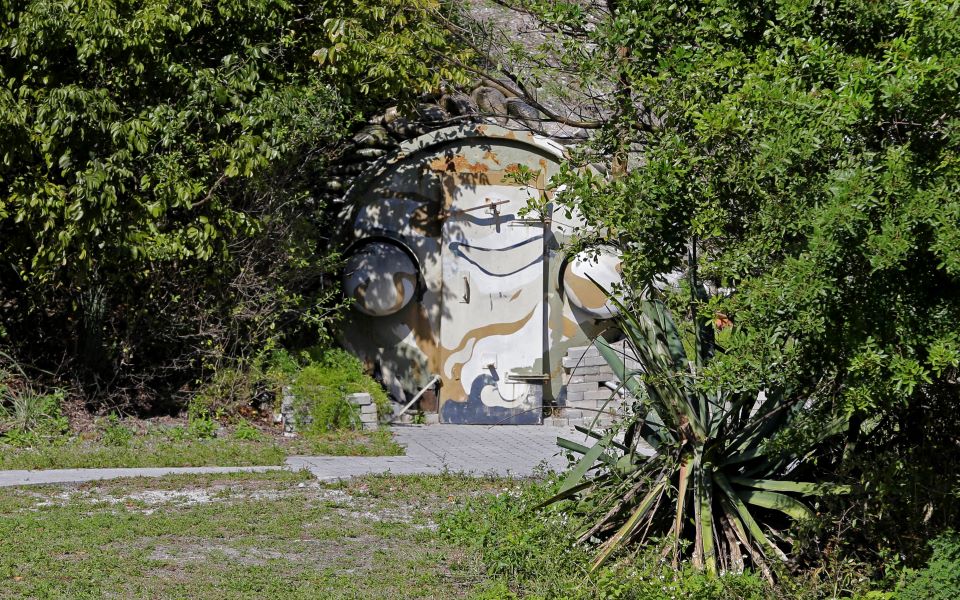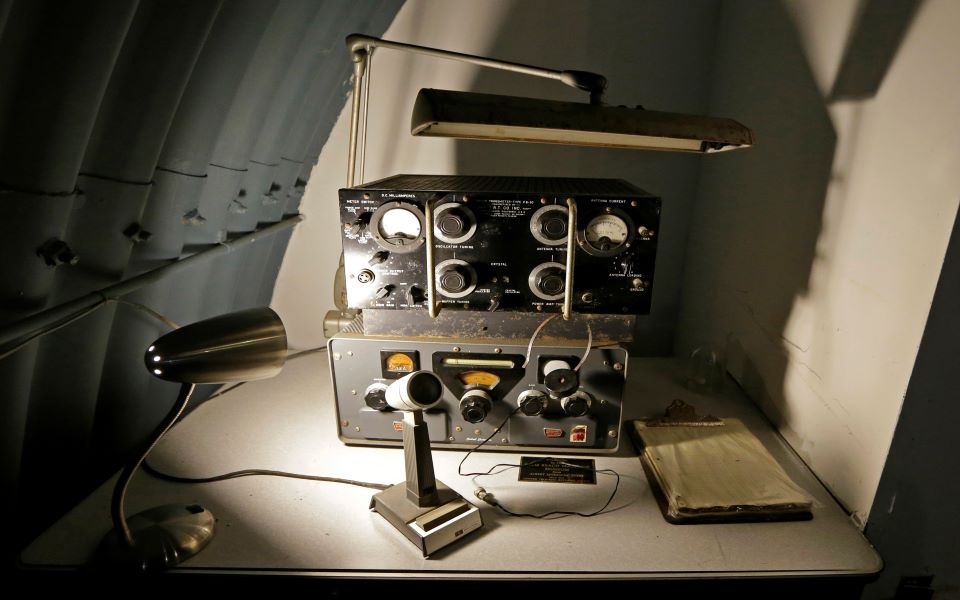
“Let’s have a peaceful missile duel, some kind of shooting, for them to see for themselves,” Nikita Khrushchev boasted to an American journalist in November 1957, praising the effectiveness of Soviet long-range missiles.
Four years later, in May 1961, Nelson Rockefeller, then head of the Civil Defense Committee of the Conference of Governors, called on John F. Kennedy to establish a national asylum program in the event of an unlikely nuclear threat. So the federal government has allocated $207 million to screen schools, certify them as fit, map them as potential safe havens, and provide them with various essentials.
Individual Responsibility in the Face of Threats
But in addition to these public shelters, officials also emphasized individual responsibility in the event of a nuclear attack: students trained in schools to learn how to protect themselves from the blast, while some citizens built private shelters in the basements of their homes. based on the instructions contained in special government brochures. While these makeshift shelters did little to protect those inside from the initial blast, they nevertheless reportedly provided some protection from subsequent radioactive fallout.
“In the event of an attack, the lives of families not affected by a nuclear explosion can be saved if there is a warning to seek shelter and if this shelter is available. We owe this guarantee to our families and our country,” Kennedy himself said on July 25.
The president defends himself
In this context of national action, the security of the president himself was a priority.
In the case of the Kennedys, the target, in addition to the White House, could be the port of Hyannis in Massachusetts, where the Kennedys have been visiting for decades.
For security reasons, in addition to the presidential residence in Washington, it was decided to build a shelter in nearby Nantucket, an island about 50 km from the coast, as well as a second shelter on Peanut Island, near the Kennedy summer home in Palm. Beach, Florida, where the president and his family could quickly run wherever the nuclear threat caught them.

survival guide
The plan was that in the event of a nuclear attack, Kennedy’s family and twenty members of his administration were to flee by submarine or helicopter to the bunker, where they would spend the first thirty days after the strike and the radioactive contamination that would result. According to Bradley Garrett, author of The Bunker: The Building for the End of Time, high-flyers had a maximum of 30 minutes to escape from the moment they received warning of an impending explosion.
Initially, the builders of the shelter sought to arrange it underground. However, Dandaket is a relatively small island, so there was no way to drill land without hitting the water. So the team built the shelter from parts of the so-called Quonset huts, prefabricated structures that were developed in 1941 to meet the ever-increasing need for quickly assembled shelters.
“The shelter only needs about a meter of soil on top of it to keep the person inside safe until the radiation levels drop,” Garrett explains.
Among other things, the shelter had a decontamination chamber with a shower, where all those entering were decontaminated from radioactive materials, having previously removed contaminated clothing. “He looks a lot like Dr. Strangelove,” notes Bruce Pursley, real estate developer and publisher of N magazine. In general, the shelter had minimal amenities and did not have fixed toilets, but there were portable ones.

A communications center inside the Peanut Island hideout in Riviera Beach, Florida, where President Kennedy would flee if World War III broke out during his visit to Florida. Source: Alan Diaz/Associated Press.
Nuclear race amid strained relations
At the time the shelters were being built, tensions between the US and the Soviet Union were at an all-time high. Tensions soon culminated in the Caribbean Crisis, a spectacular 13-day standoff in October 1962 that led to the installation of Soviet ballistic missiles on the island. The crisis had a happy ending: Khrushchev agreed to the withdrawal of missiles in exchange for the withdrawal of American missiles from Turkey.
Although humanity has come dangerously close to a nuclear threat on several occasions, including in 1962 during the Bay of Pigs Invasion and in 1983, when the Soviets mistook NATO military exercises for an imminent missile attack, a nuclear holocaust and a Cold War had to be avoided. to commit suicide in order to avoid the new zeniths of nuclear aggression predicted by the shelter builders and other “Cassandras”.
Kennedy never needed shelter on Nantucket and Peanut Island — according to local authorities, he did not even visit these sites. Following his assassination on November 22, 1963, Nantucket remained inactive until the closing of the naval base in the area in 1976.
However, the fact that Kennedy had a bunker, albeit an unused one, puts him in the minority in terms of readiness for nuclear war. In 1961, a poll showed that 93% of American citizens did not plan to build their own shelter for either financial or space reasons.
In the same poll, many expressed a desire not to live in a world torn apart by nuclear weapons—a principle of life expressed in Bob Dylan’s 1962 poem “Let me die in my footsteps / Before I go underground” (p. s “Let me die standing before I come down to earth”).
Ruins of sinister time
Today, both of these shelters, abandoned for years and occupied by rust, are in disrepair. However, efforts are being made to preserve and restore them, possibly turning them into museums or landmarks.
“The shelter is an important part of our national history at a very dangerous time. Its preservation for citizens is a boon to anyone who wants to know more about that time, ”adds Joseph Kennedy, a distant nephew of the 35th US president.
“Something like this is not only for history students, but would also serve as a sad reminder of the reports of international conflicts,” Pursley notes, adding: “Nandaket has a lot in common with the Cold War, and this part of the story is on the verge of extinction.” .
Source: Smithsonian Journal.
Source: Kathimerini
Anna White is a journalist at 247 News Reel, where she writes on world news and current events. She is known for her insightful analysis and compelling storytelling. Anna’s articles have been widely read and shared, earning her a reputation as a talented and respected journalist. She delivers in-depth and accurate understanding of the world’s most pressing issues.